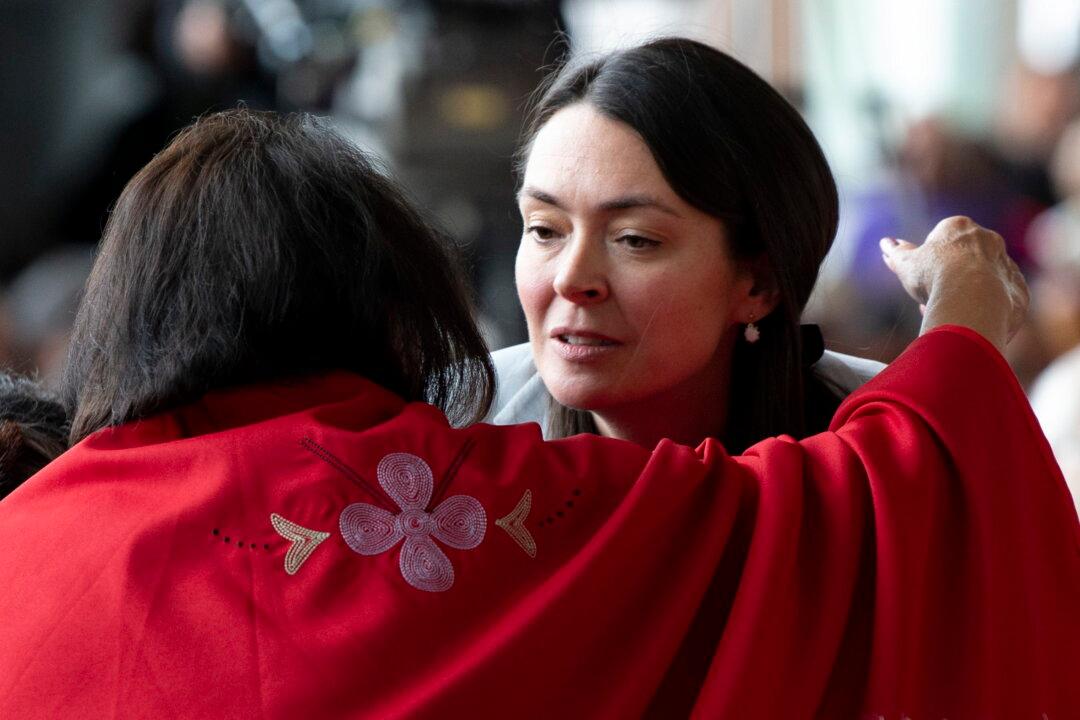Genocide and Canada don’t go together in the minds of most. Indeed, if Canada were a repressive country, one would be mystified to understand why hundreds of thousands come to its shores as immigrants and refugees every year. Just the same, the long-awaited final report of the National Inquiry into Missing and Murdered Indigenous Women and Girls (MMIWG) was issued June 3, saying Canada is genocidal from its origins until the present day.
“Canada is a settler colonial country,” the report begins. “European nations, followed by the new government of ‘Canada,’ imposed its own laws, institutions, and cultures on Indigenous Peoples while occupying their lands. Racist colonial attitudes justified Canada’s policies of assimilation, which sought to eliminate First Nations, Inuit, and Métis Peoples as distinct peoples and communities.





